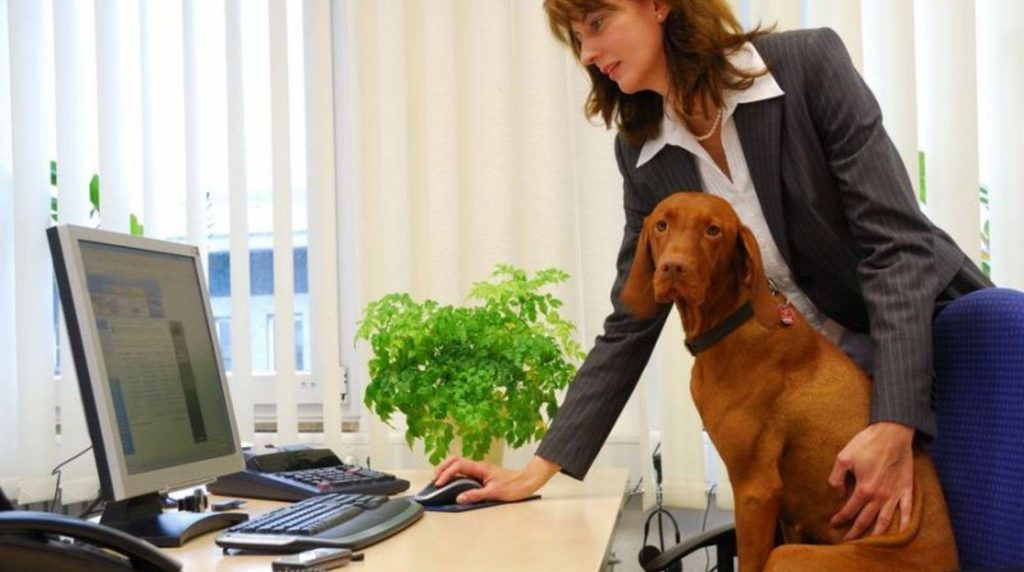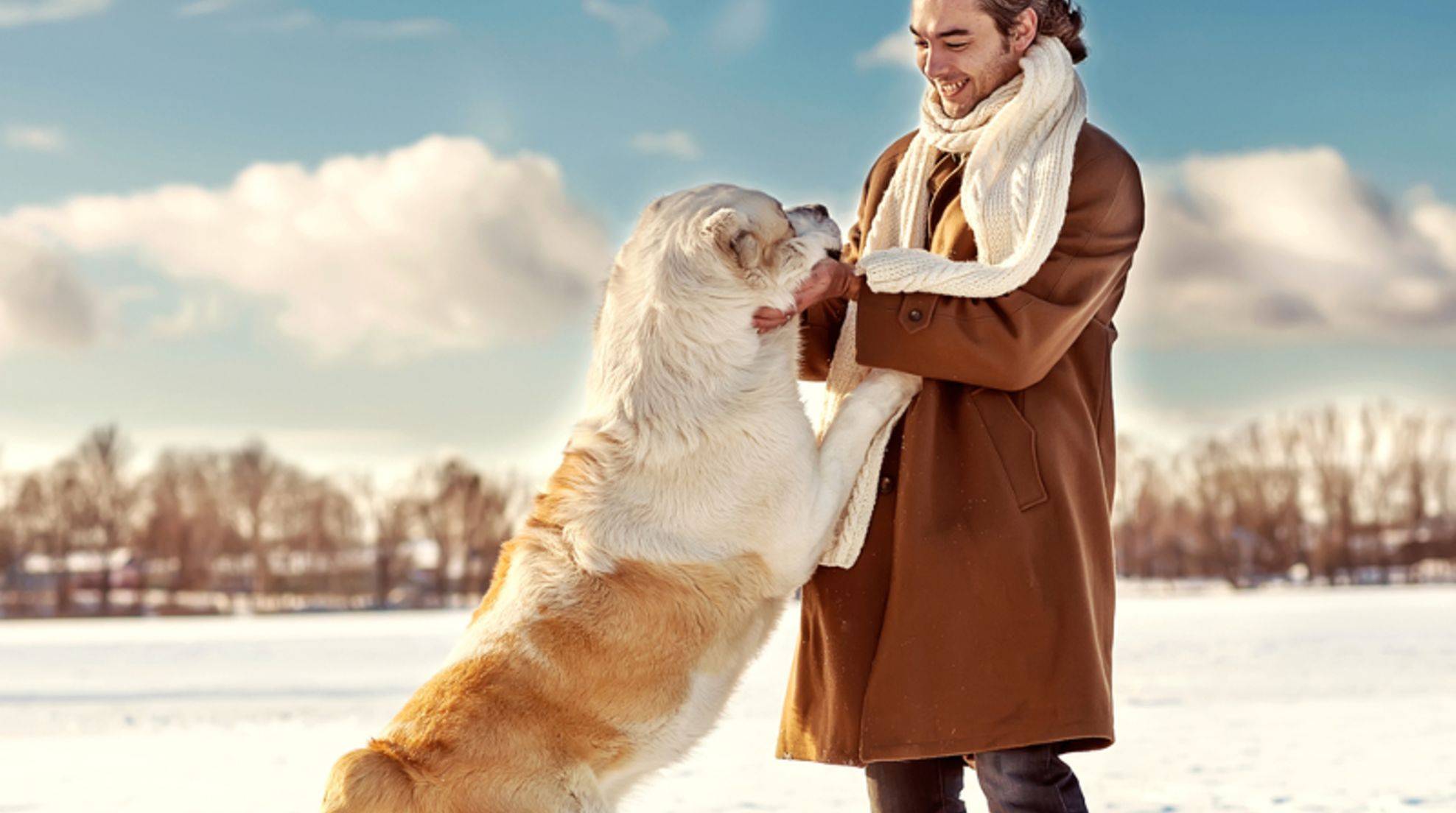Dog in the office: what rules do you need to follow
A dog in the office can positively affect the working atmosphere at the workplace. The dog owner benefits incidentally from the compatibility of work and dog ownership – provided the boss agrees to the dog in the office. Learn more here about some rules that humans and dogs should follow in the office.
Some people may think that animals have no business in the office. Yet scientific studies – such as those conducted by Banfield Pet Hospital – have proven many times that dogs and cats in the workplace positively impact the working atmosphere. Employees are said to be less stressed, morale, dynamics, and productivity increase, and even the cohesion in and identification with the company can be strengthened.
Dog in the office: basic rules
In the first step, you should, of course, clarify whether your boss agrees with you bringing your dog to the workplace. Right after that, of course, you need to ask your colleagues with whom you share an office.
Suppose an employee suffers from an allergy to animal hair or has a great fear of dogs. In that case, you could suggest changing the room if the company is large enough and has enough offices so that your allergic or fearful colleague does not come into contact with your four-legged friend. Unfortunately, if this is not an option for the company, you will have to accept it.
It is also true that the workplace must be designed so that the dog can feel comfortable – too loud, hectic, or dangerous environmental conditions are ruled out.
Your four-legged friend should meet these requirements.
But your dog should also meet some requirements so that you can take him to the workplace without any problems. He should be able to abide by specific rules of the game and show adapted social behavior. This means that ideally, he is used to many (strange) people, has a friendly nature, and behaves calmly.
Puppies and young dogs are unsuitable for taking to the office because they still need more attention and education. If your four-legged companion knows how to behave, is house-trained, listens to your word, and does not bark while colleagues are on the phone, then you can try the experiment “dog in the office” with him.
Accustom your dog slowly to the workplace
All beginnings are difficult. Therefore, take your dog with you to the office for only a few hours at first, so that he can get used to the new environment. Ensure the has a place to retreat to with a basket or blanket, a water bowl, and possibly a food bowl, where there is no draft, and he is close to you.
When he has settled in, integrate him into your daily routine in a playful way if possible. This way, your dog will also feel comfortable in the office and won’t get bored. Chewing items, toys, and nibbles are also suitable to keep him busy. None of these should squeak or smell unpleasant.
Finding caregivers for your dog in the office
First and foremost, of course, you are the caregiver for your pet. However, remember that you can’t always be there for him during the entire workday, such as when you’re sitting in a meeting. Therefore, you must make some of your colleagues more familiar with your four-legged friend so that they can take care of him while you are in a meeting. In the best-case scenario, these are pet-loving co-workers who may have a dog or at least another pet of their own.
But it also can’t hurt to reach out to colleagues who are a little more reserved about your dog. Perhaps they haven’t had much experience with animals so far and are therefore reserved, but they will be thrilled by your four-legged friend’s friendly nature if they get to know him a little better.








